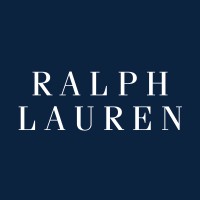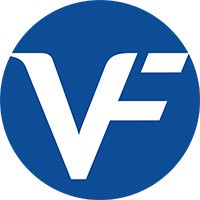
Ralph Lauren
Ralph Lauren Corporation (NYSE:RL) is a global leader in the design, marketing and distribution of luxury lifestyle products in five categories: apparel, footwear & accessories, home, fragrances and hospitality. For more than 50 years, Ralph Lauren has sought to inspire the dream of a better life through authenticity and timeless style. Its reputation and distinctive image have been developed across a wide range of products, brands, distribution channels and international markets. The Company’s brand names – which include Ralph Lauren, Ralph Lauren Collection, Ralph Lauren Purple Label, Polo Ralph Lauren, Double RL, Lauren Ralph Lauren, Polo Ralph Lauren Children and Chaps, among others – constitute one of the world’s most widely recognized families of consumer brands.






